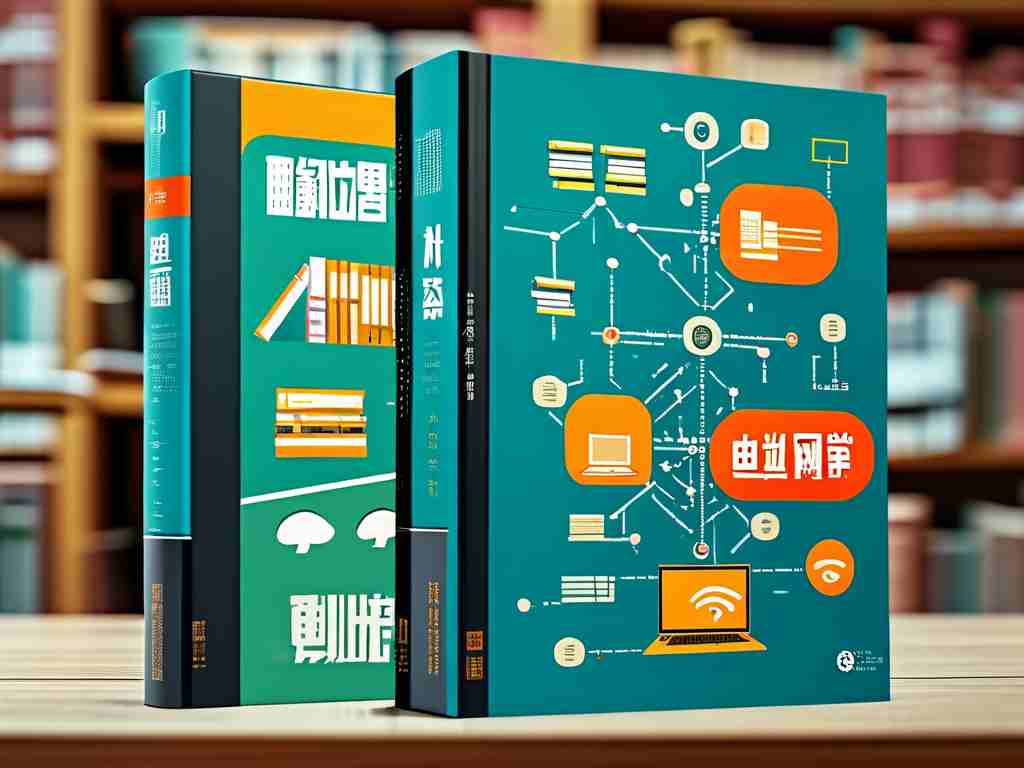The convergence of computer networking and power systems has revolutionized modern energy management through smart grid technologies. This integration enables real-time data exchange between power generation facilities, distribution networks, and end-user devices, creating an intelligent energy ecosystem that responds dynamically to consumption patterns.

At its core, smart grid networking relies on layered architecture combining physical infrastructure with digital communication protocols. The operational technology (OT) layer manages power equipment like transformers and circuit breakers, while the information technology (IT) layer handles data processing through cloud platforms. Between these layers, field area networks (FANs) using hybrid communication technologies ensure seamless connectivity.
A critical component is the Advanced Metering Infrastructure (AMI), which demonstrates practical networking implementation:
# Sample AMI data transmission simulation
class SmartMeter:
def __init__(self, meter_id):
self.meter_id = meter_id
self.data_buffer = []
def collect_usage(self):
return random.uniform(0.5, 5.0) # Simulate kWh readings
def transmit_data(self):
timestamp = datetime.now()
payload = {
'meter_id': self.meter_id,
'usage': self.collect_usage(),
'timestamp': timestamp.isoformat()
}
return json.dumps(payload)
This code snippet illustrates how smart meters package consumption data for network transmission. In production systems, these packets travel through multiple network hops using combinations of wired and wireless protocols. Power Line Communication (PLC) leverages existing electrical wiring for data transfer, while cellular networks (4G/5G) and RF mesh networks provide redundant communication paths.
The networking stack in smart grids employs modified TCP/IP implementations to handle time-sensitive operations. For distribution automation requiring sub-second response times, utilities often implement User Datagram Protocol (UDP) with custom error correction mechanisms. The IEEE 1815 (DNP3) protocol remains prevalent for substation communications, providing robust messaging structures for critical infrastructure.
Cybersecurity forms the bedrock of smart grid networking architectures. Multi-layered defense strategies include:
- Hardware-based encryption modules in field devices
- Virtual private networks (VPNs) for backhaul communications
- Blockchain-based authentication for distributed energy resources
- AI-driven anomaly detection systems monitoring network traffic
Field trials in Tokyo's digital grid demonstrated the practical impact of these networking fundamentals. By implementing software-defined networking (SDN) in their 22kV distribution network, engineers achieved 300ms fault detection and isolation compared to traditional 2-3 minute response times. This capability significantly improves grid reliability while enabling automatic load balancing during peak demand periods.
The evolution of networking protocols continues to shape smart grid development. Emerging QUIC protocol implementations show promise for enhancing meter data collection efficiency, particularly in areas with unstable network connections. Simultaneously, the integration of Time-Sensitive Networking (TSN) standards into industrial Ethernet deployments addresses the precise synchronization requirements of phasor measurement units (PMUs).
As renewable energy adoption accelerates, networking fundamentals adapt to new challenges. Microgrid controllers now utilize constrained application protocol (CoAP) to manage distributed energy resources, while virtual power plants employ message queuing telemetry transport (MQTT) for coordinating geographically dispersed assets. These implementations demonstrate how core networking principles enable scalable solutions for modern energy systems.
Looking ahead, the convergence of 5G network slicing and edge computing presents new opportunities for grid optimization. Southern California Edison's pilot project utilizing network function virtualization (NFV) reduced latency for protection relay communications by 40%, showcasing the potential of adaptive networking architectures. Such advancements highlight the ongoing importance of computer networking fundamentals in building resilient, efficient power systems for the digital age.









